Introduction
Using clippers for men’s haircuts can be an efficient and cost-effective way to maintain a well-groomed appearance. However, achieving professional-looking results requires proper technique and understanding of the clipping process. In this article, we will explore specific techniques for using clippers on men’s hair, covering aspects such as clipper guards, clipper angles, blending, and finishing touches.
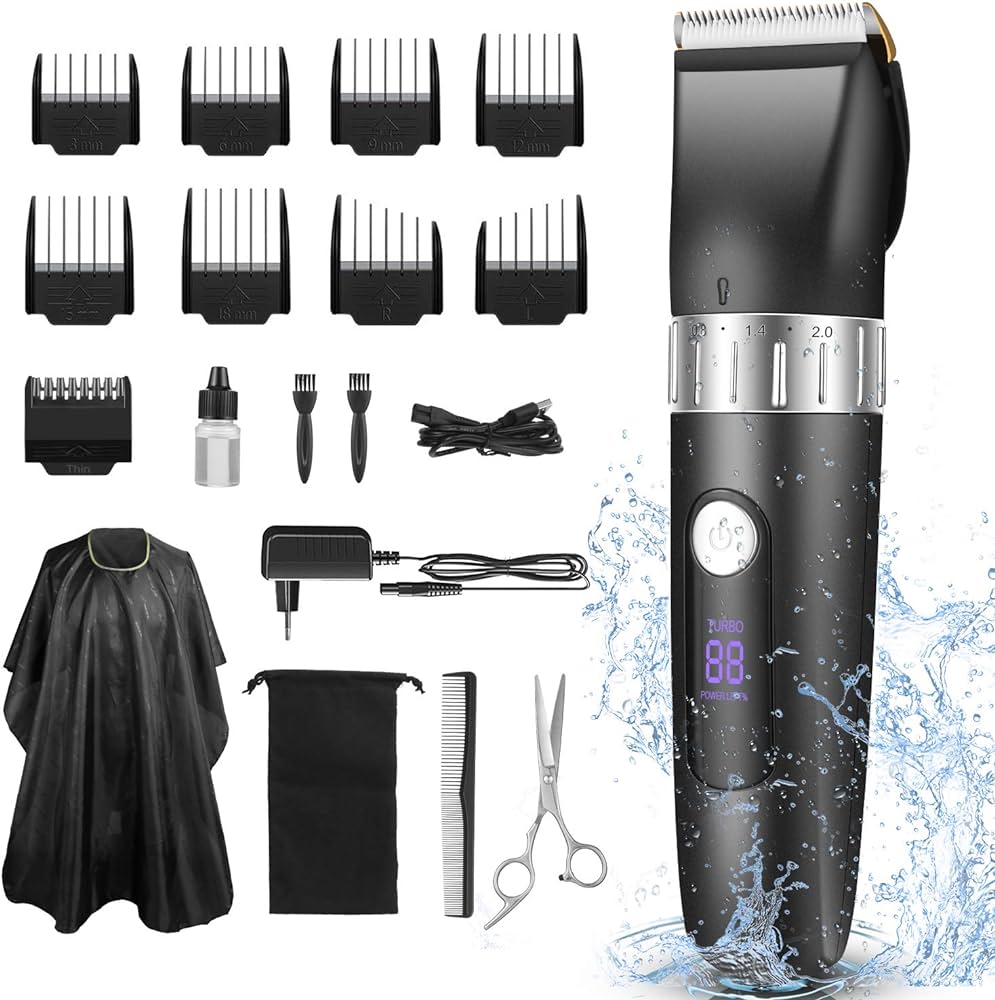
Are there specific techniques for using clippers on men’s hair?
Choosing the right clipper and guard
Before delving into specific techniques, it is crucial to select the right clipper and guard for the desired hairstyle. Here’s what to consider:
Clipper types: Choose a clipper that suits your needs, whether corded or cordless. Cordless clippers offer flexibility, while corded clippers provide uninterrupted power.
Guard lengths: Clipper guards determine the length of the hair. Different guards are measured in numbers or lengths, such as 1/8 inch (3 mm), 1/4 inch (6 mm), or 1 inch (25 mm). Select the appropriate guard based on the desired length for each section of the haircut.
Establishing a guideline
Creating a guideline ensures consistency and helps maintain the desired shape throughout the haircut. Here’s how to establish a guideline:
Wet or dry hair: Decide whether to work with wet or dry hair, depending on personal preference and the desired outcome. Wet hair tends to be easier to cut, while dry hair allows for better control and precision.
Sectioning: Divide the hair into different sections using a comb and clips. Start with the bottom section and work your way up. This allows for a systematic approach and ensures even cutting.
Guideline placement: Determine the desired length for the first section and use the appropriate clipper guard to create the initial guideline. Usually, the guideline is set at the nape of the neck or sides.
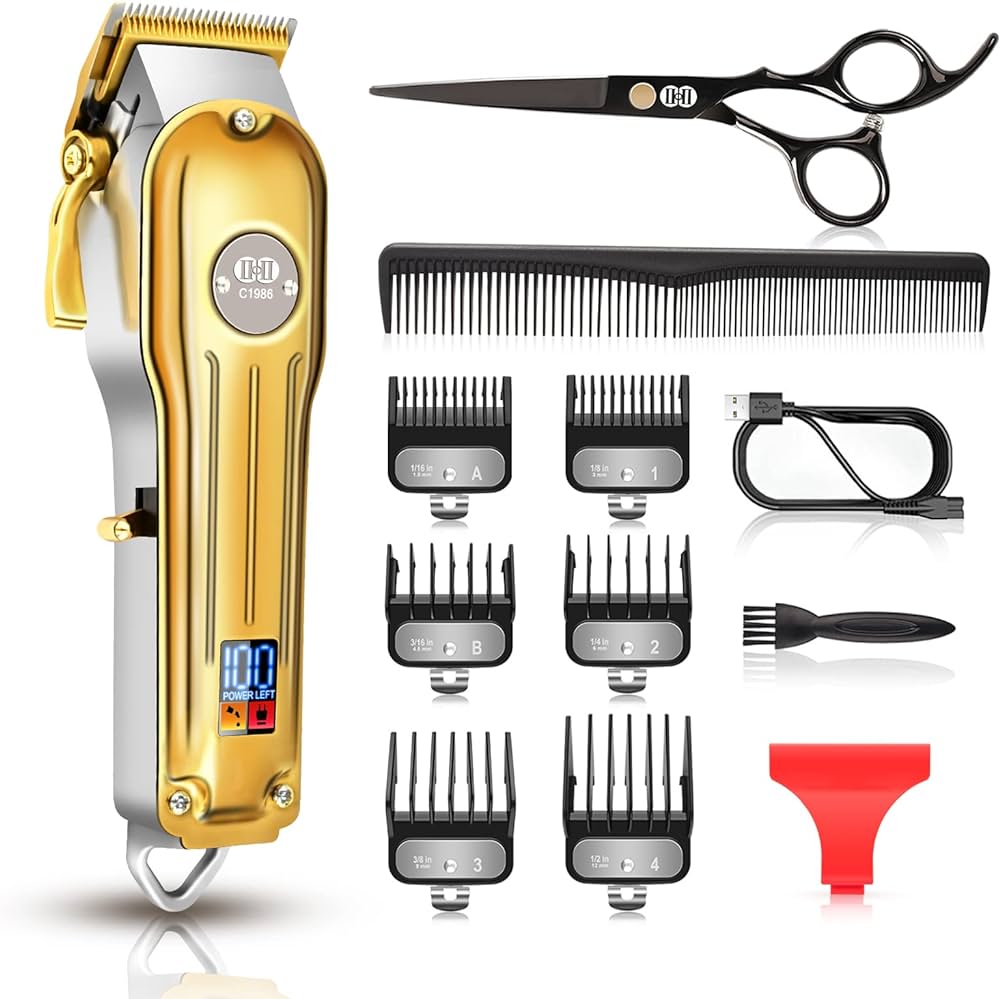
Clippers over comb technique
The clippers over comb technique is commonly used to blend different hair lengths seamlessly. It involves using a comb in conjunction with clippers to achieve a gradual transition between two hair lengths. Here’s how to perform the clippers over comb technique:
Comb placement: Hold the comb parallel to the head, with the teeth facing outwards. Position the comb to create the desired angle for blending.
Comb as a guide: Use the comb as a guide by placing it against the head and running the clippers over the comb. The comb acts as a barrier, allowing you to cut the hair to the desired length while blending it with the surrounding hair.
Gradual blending: Move the clippers and comb simultaneously, working in small sections. Gradually blend the longer hair with the shorter hair using fluid, overlapping movements. Maintain the same angle throughout for consistent blending.
Clipper angles and techniques
To achieve clean and even results, it is important to pay attention to the angle and technique used when using clippers. Here are some key considerations:
Proper grip: Hold the clipper firmly but comfortably in your dominant hand. A good grip allows for better control and reduces the risk of slips or uneven cuts.
Clipper angle: Hold the clipper parallel to the head for a standard cut or angled slightly downward for a shorter blend. Adjust the angle as needed to achieve the desired length and blend.
Overlapping strokes: Use overlapping strokes when cutting to ensure even coverage and prevent any missed spots. Start from the guideline or shorter section, and gradually work towards the longer hair, blending and removing excess hair.
Light pressure: Apply light pressure when using clippers to avoid cutting too much hair in a single pass. Multiple light passes are generally more effective and result in a better finish.
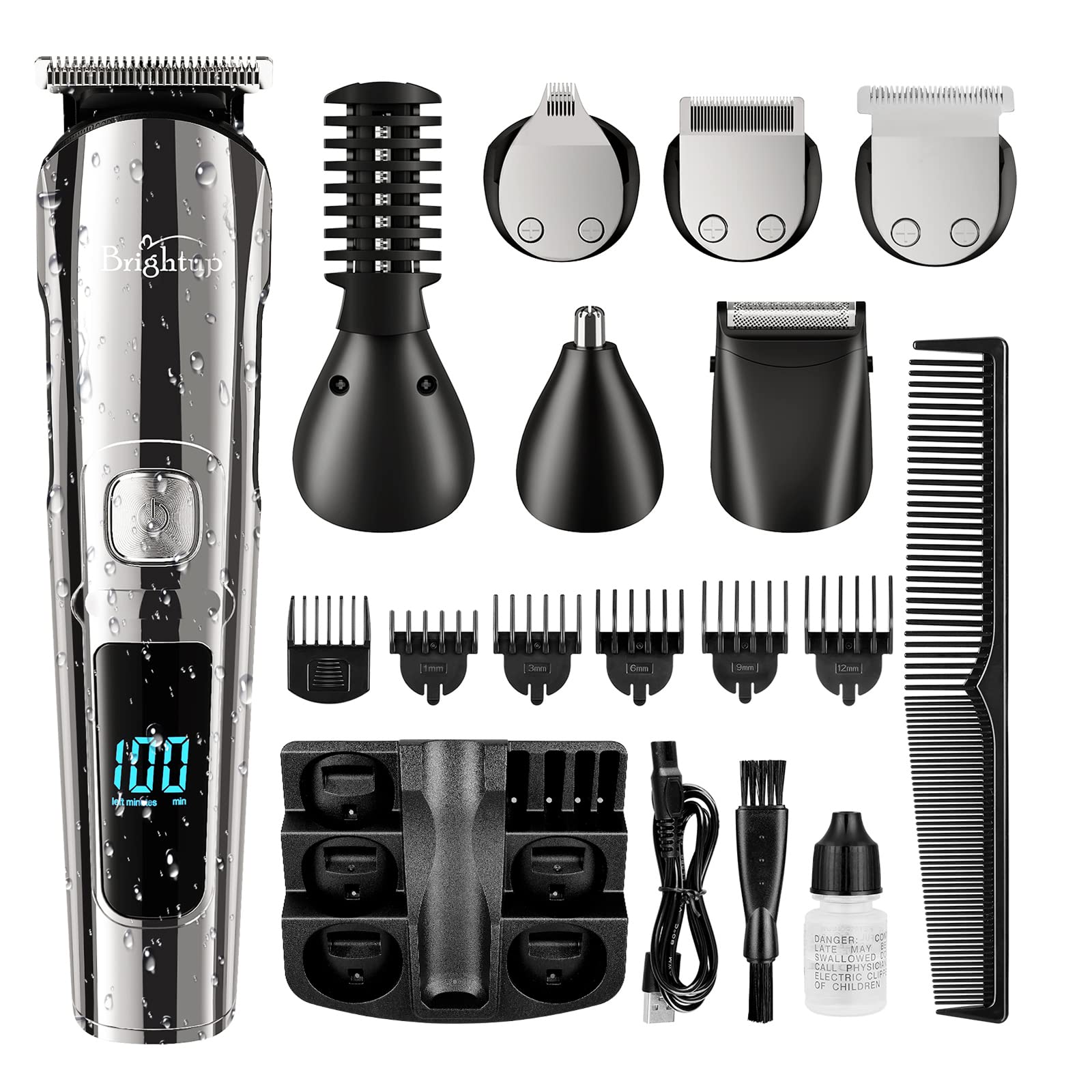
Blending and fading techniques
Blending and fading techniques are essential for achieving a seamless transition between different hair lengths. These techniques create a natural look and prevent obvious lines of demarcation. Here are some techniques to consider:
Tapering: Tapering involves gradually decreasing the length of the hair from the top to the bottom. Use shorter clipper guards or adjust the taper lever on the clipper to achieve a tapered effect. Blend the shorter sections with the longer ones using the clippers over comb technique or freehand blending.
Fading: Fading is a technique that creates a smooth transition from shorter to longer hair through the sides and back of the head. It involves blending the hair from a shorter length to a longer length, resulting in a gradient effect. Use different clipper guards or adjust the taper lever gradually to create a fading effect.
Freehand blending: Freehand blending involves using the clippers without a guard to blend the hair seamlessly. This technique requires control and precision. Use the clippers in short, upward strokes to gradually blend the different hair lengths.
Finishing touches
To complete the haircut and ensure a polished look, attention to detail and proper finishing touches are essential. Here are some final steps to consider:
Neckline and edges: Pay attention to the neckline and edges to create clean, defined lines. Use a trimmer or a straight razor to tidy up the hairline and create a well-groomed appearance.
Thinning shears: Use thinning shears to remove bulk or create texture, if desired. Thinning shears can help achieve a more natural look and blend in any remaining lines or uneven areas.
Final check: After completing the haircut, use a handheld mirror or a second mirror to check the haircut from different angles. Make any necessary adjustments to ensure evenness and consistency.
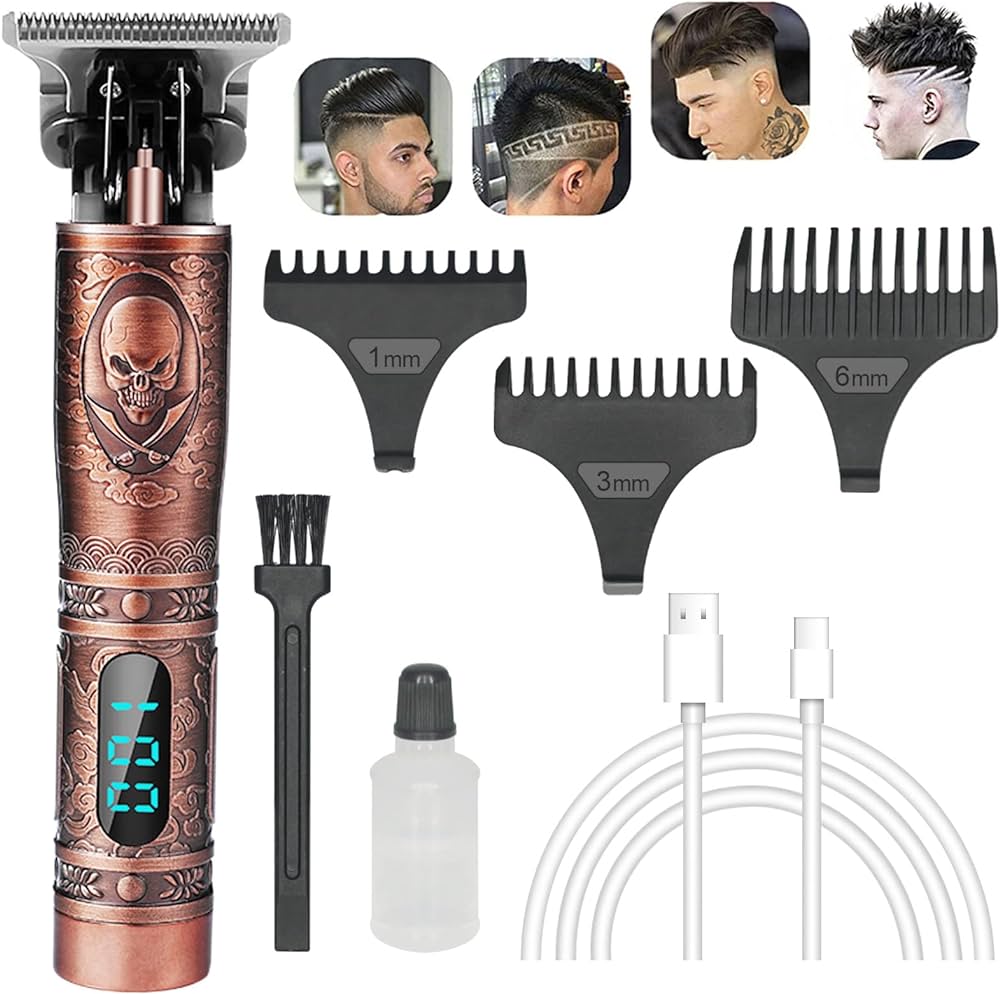
Maintenance and cleaning
Proper maintenance and cleaning of your clippers are essential for their longevity and performance. Follow these tips for maintenance:
Lubrication: Regularly apply clipper oil to the blades to reduce friction and prevent rust. Refer to the manufacturer’s instructions for specific guidance on lubrication.
Cleaning: Remove any hair clippings from the blades and clipper after each use. Use a small brush or a toothbrush to clean the blades thoroughly. Some clippers have detachable blades that can be rinsed under water. Make sure to dry the blades completely before reassembling.
Blade sharpening: Over time, the clipper blades may become dull. Consider getting them professionally sharpened or replace them with new ones when necessary. Dull blades can lead to uneven cuts and discomfort.
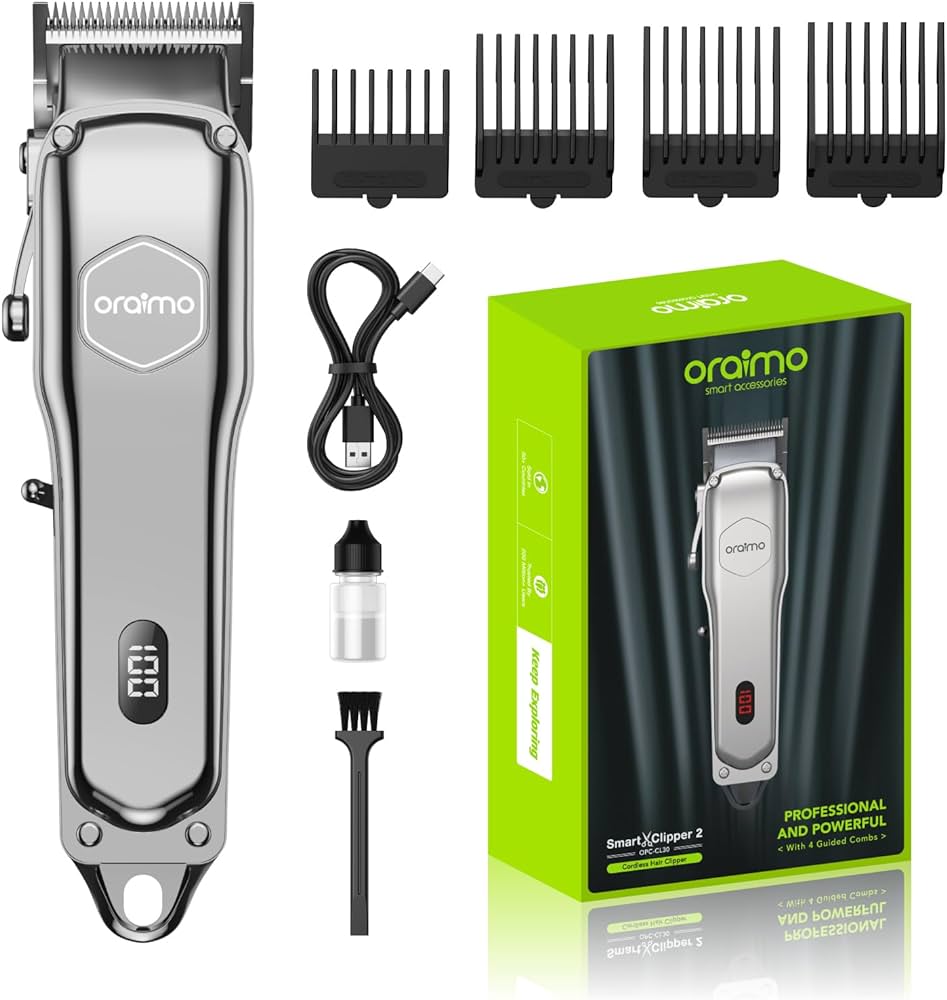
Conclusion
Using clippers for men’s haircuts requires proper techniques and attention to detail. Start by selecting the right clipper and guard for the desired hairstyle. Establishing a guideline, performing clippers over comb technique, and paying attention to clipper angles and techniques are crucial for achieving clean and even results. Blending and fading techniques help create seamless transitions between different hair lengths. Proper finishing touches, maintenance, and cleaning ensure a polished look and extend the lifespan of the clippers. With practice and adherence to these techniques, you can achieve professional-looking results and maintain a well-groomed appearance using clippers for men’s haircuts.
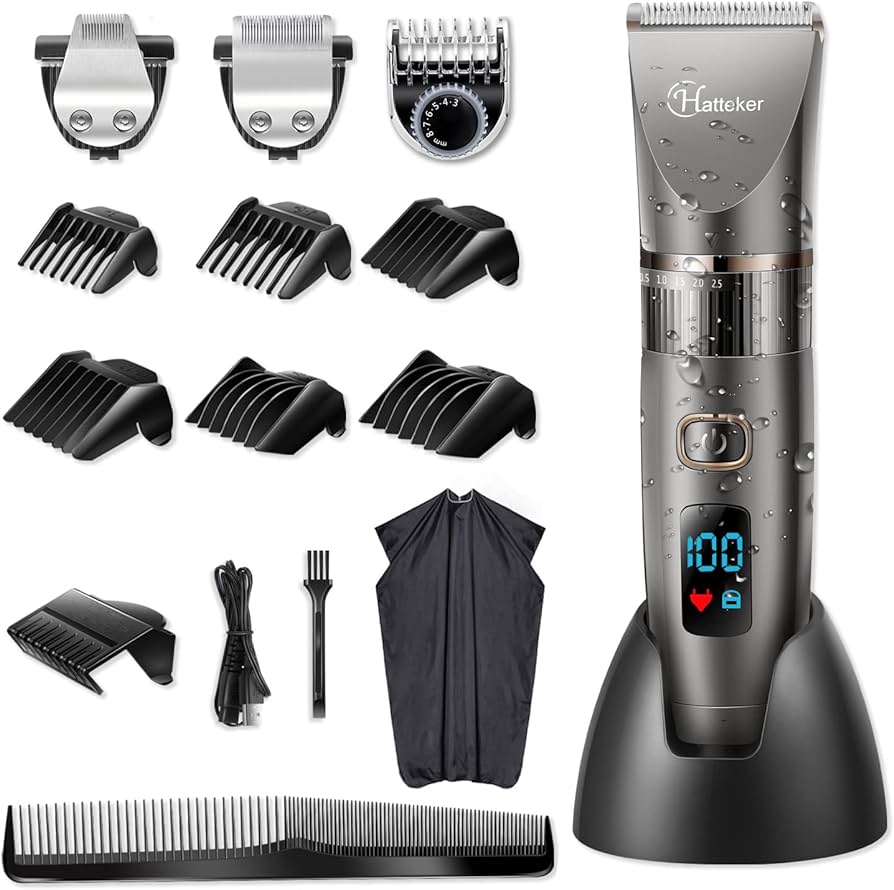
Leave a Reply